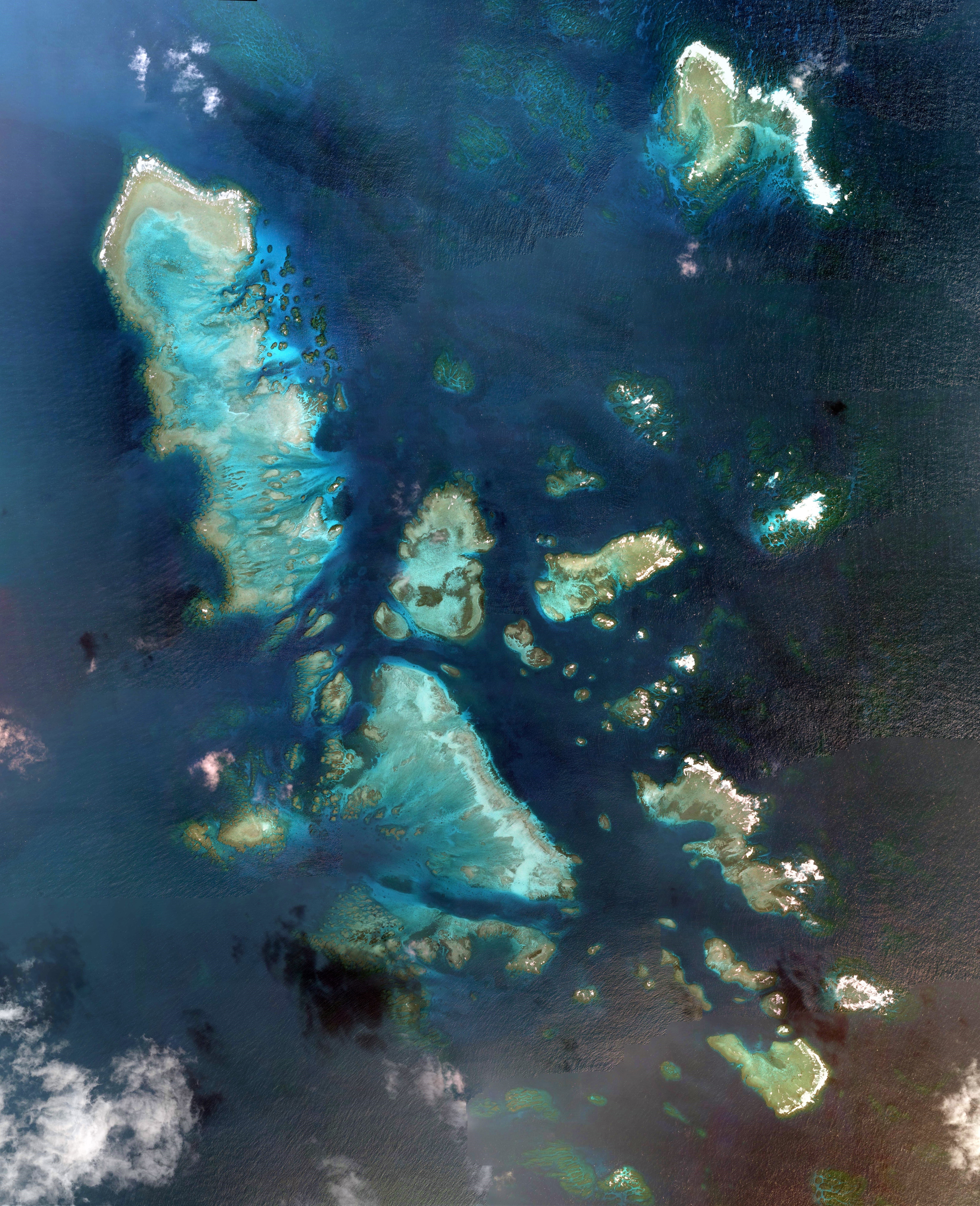|
Japanese Destroyer Shinonome (1898)
was one of six s built for the Imperial Japanese Navy in the late 1890s. ''Shinonome'' took part in several major engagements during the Russo-Japanese War (1904–1905) and was wrecked in 1913. Some sources regard ''Shinonome'' as the lead ship of her class and refer to the ''Murakumo'' class as the ''Shinonome'' class. Construction and commissioning Authorized under the 1896 naval program,日本海軍史』第7巻 ("History of the Japanese Navy, Vol. 7") (in Japanese), p. 285. ''Shinonome'' was Keel-laying, laid down on 1 October 1897 by John I. Thornycroft & Company at Chiswick, England, as ''Torpedo Boat Destroyer No. 3''. On 16 March 1898, she was named ''Shinonome''. When the Imperial Japanese Navy established its Naval Warship and Torpedo Boat Classification Standards on 21 March 1898, she was classified as a torpedo boat destroyer. Ceremonial ship launching, Launched on 14 December 1898, she was completed on 1 February 1899 and Ship commissioning, commissioned the sam ... [...More Info...] [...Related Items...] OR: [Wikipedia] [Google] [Baidu] |
Empire Of Japan
The also known as the Japanese Empire or Imperial Japan, was a historical nation-state and great power that existed from the Meiji Restoration in 1868 until the enactment of the post-World War II 1947 constitution and subsequent formation of modern Japan. It encompassed the Japanese archipelago and several colonies, protectorates, mandates, and other territories. Under the slogans of and following the Boshin War and restoration of power to the Emperor from the Shogun, Japan underwent a period of industrialization and militarization, the Meiji Restoration, which is often regarded as the fastest modernisation of any country to date. All of these aspects contributed to Japan's emergence as a great power and the establishment of a colonial empire following the First Sino-Japanese War, the Boxer Rebellion, the Russo-Japanese War, and World War I. Economic and political turmoil in the 1920s, including the Great Depression, led to the rise of militarism, nationa ... [...More Info...] [...Related Items...] OR: [Wikipedia] [Google] [Baidu] |
Battle Of The Yellow Sea
The Battle of the Yellow Sea ( ja, 黄海海戦, Kōkai kaisen; russian: Бой в Жёлтом море) was a major naval battle of the Russo-Japanese War, fought on 10 August 1904. In the Russian Navy, it was referred to as the Battle of 10 August. The battle foiled an attempt by the Russian fleet at Port Arthur to break out and form up with the Vladivostok squadron, forcing them to return to port. Four days later, the Battle off Ulsan similarly ended the Vladivostok group's sortie, forcing both fleets to remain at anchor. Background The Imperial Russian Navy's First Pacific Squadron, commanded by Admiral Wilgelm Vitgeft, had been trapped in Port Arthur since the Imperial Japanese Navy's blockade began on 8 February 1904 with the Battle of Port Arthur. Throughout late July and early August, as the Imperial Japanese Army laid siege to Port Arthur, relations between Admiral Vitgeft and Russian Viceroy Yevgeni Alekseyev increasingly soured. Viceroy Alekseyev, a former admiral, ... [...More Info...] [...Related Items...] OR: [Wikipedia] [Google] [Baidu] |
Yabiji
is the largest coral reef A coral reef is an underwater ecosystem characterized by reef-building corals. Reefs are formed of colonies of coral polyps held together by calcium carbonate. Most coral reefs are built from stony corals, whose polyps cluster in groups. Co ... group in Japan, containing over 100 coral reefs and spanning about 17 by 6.5 km. Known for being above water level several times a year, most visibly around March 3, it was made a Natural Monument of Japan in 2013 as a place of Scenic Beauty. It is located about 6 km off the northern coast of Ikema Island. Ecology The reef contains about 300 kinds of coral. Conservation history The Ministry of the Environment (Japan), Ministry of the Environment has designated the reef as one of the 500 most important wetlands in Japan. In 2018, it was discovered that the living part of the reef had decreased by about 70% since 2008 from coral bleaching, due to rising water temperatures. References {{reflist Coral re ... [...More Info...] [...Related Items...] OR: [Wikipedia] [Google] [Baidu] |


